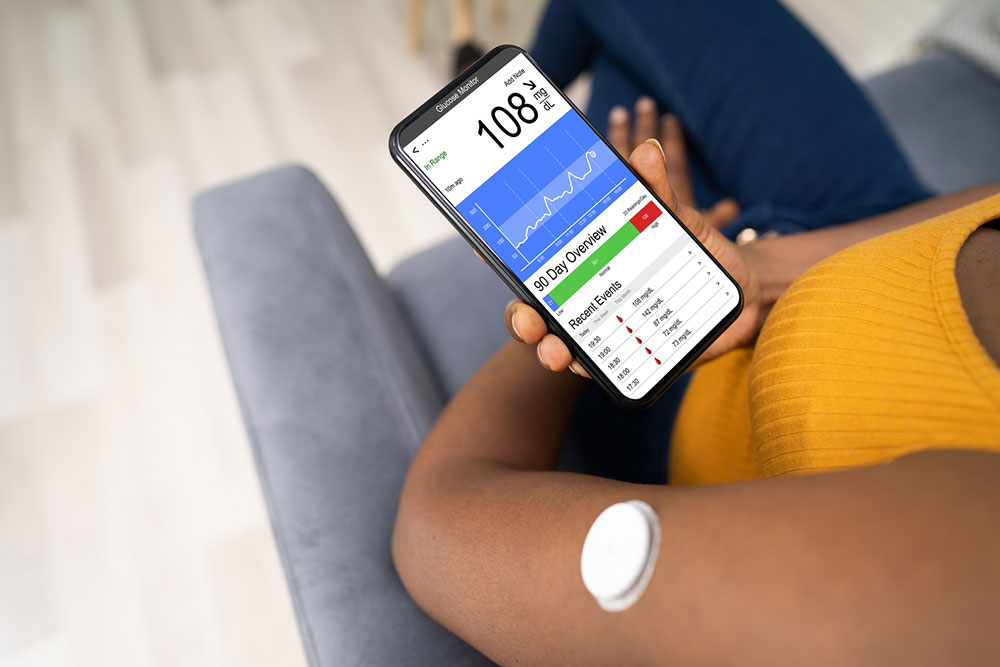Getting a CGM for diabetes with private insurance

A continuous glucose monitor (CGM) is a critical device used for diabetes and blood sugar management in individuals. CGM, as it is abbreviated, is a small wearable device with a thin filament inserted under one’s skin. As it is a healthcare device, most people expect it to be covered by health insurance. However, there is some ambiguity about whether private healthcare insurance policies cover the expenses of CGMs. This article details the process for clarification.
Does private insurance cover CGM?
Private and commercial insurance plans have a host of eligibility criteria that must be met to provide for personalized usage of CGM. Certain policies may cover professional CGMs as an option when they are intermittently used. The details change from one insurance provider to another, which is why it is vital to check with the policy provider about the coverage nitty-gritty. Research is crucial when people are about to purchase an insurance policy from private companies to cover their healthcare costs.
Since diabetes is a varied and complicated illness, it can be challenging to determine if private insurance covers CGM. Many private health insurance companies vary in the amount they cover and for which kind of diabetes. For instance, some companies set a broad list of guidelines for different diagnoses: whether that is type 1 diabetes, type 2 diabetes, or gestational diabetes.
Some companies have more specific guidelines for different kinds of diagnosis. For example, the coverage may be lower for people who have type 1 diabetes with recurrent, severe, and unexplained hypoglycemia with blood glucose levels that dip below 50 mg/dL. On the other hand, other insurance providers will cover the full costs of CGMs even for individuals with severe symptoms, as long as their healthcare expert prescribes it as necessary and unavoidable.
It is advisable to check the extent of coverage insurance companies offer before one purchases their policies.
Additionally, one needs to ask if the costs of the additional supplies that come with CGMs, such as receivers of readers specific to certain CGMs, replaceable sensors, adhesive skin patches, or transmitters specific to a given CGMs, are covered by a given insurance provider or not. These supplies are either battery-powered or make use of charging cables. After people meet their annual part B deductible, original Medicare covers specific blood glucose monitors and the supplies that are used along with them. Users will need to pay 20% of the Medicare-approved costs. Most Medicare Advantage plans cover diabetes monitoring devices. In the case of Medicaid, clients will need to contact their state Medicaid program for specific details.
People can check out the standards and guidelines of the American Diabetes Association (ADA) to learn more about the standards and eligibility criteria for private insurance coverage of CGM and other blood sugar-tracking devices.




